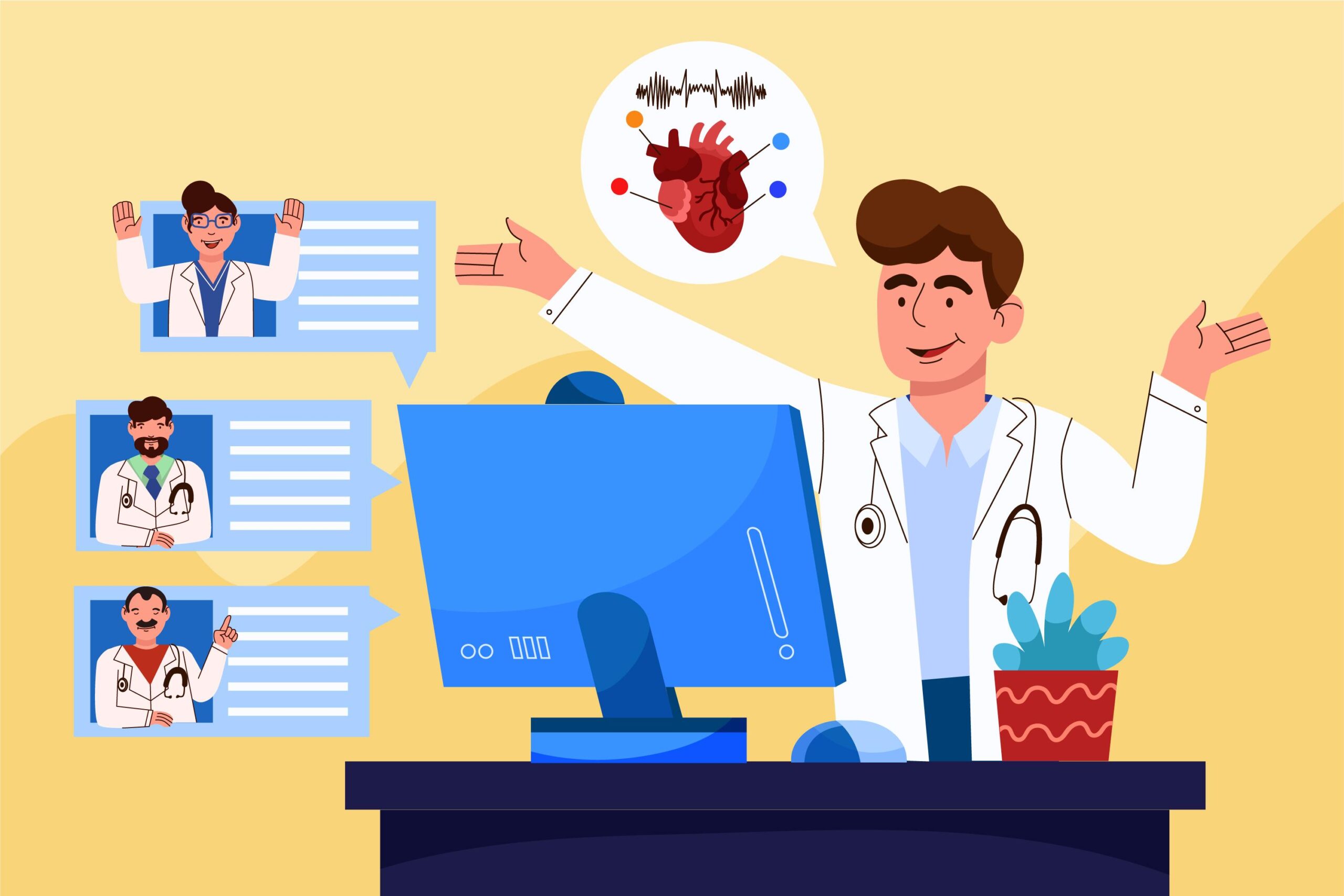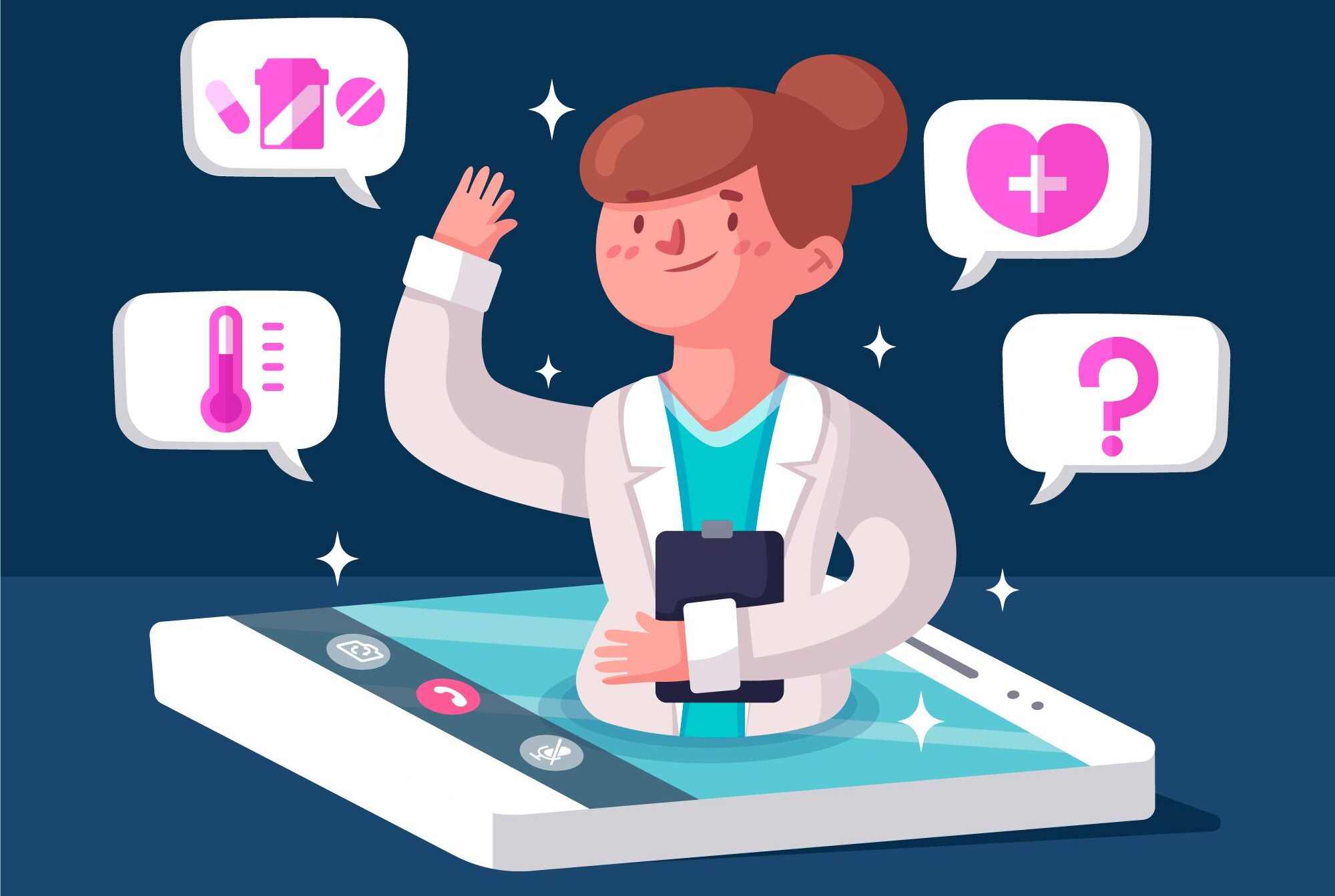4 Signs That Your Hospital Needs Remote Patient Monitoring Facilities
All sorts of services these days are becoming more and more tech-centric. The healthcare sector also has to deal with a similar situation. Among all the modern-day technologies this sector embraces, remote patient monitoring (RPM) systems may be the most intriguing ones.
Grand View Research said the global remote patient monitoring system market was valued at $5.2 billion in 2023. In 2024, this market is expected to reach a value of $6.1 billion.
Each year, the remote patient monitoring market will only grow. In the US alone, according to Reportlinker, this market is to grow at a CAGR of 11.16 percent between 2022 and 2028.
Having said all that, if you’re running a hospital, chances are it needs RPM facilities, too. If you’re confused about whether you need these facilities, keep an eye out for the following signs.
Why Hospital Needs Remote Patient Monitoring Facilities
#1 Increasing Patient Volume and Limited Resources
An evident sign that a hospital could benefit from remote patient monitoring facilities is the surge in patient volume coupled with limited resources. In many healthcare settings, particularly those in densely populated areas, the demand for medical services often exceeds the available resources.
Time Magazine reported in 2022 that the US is currently facing a shortage of physicians. What’s more concerning is that this physician shortage will only worsen.
With the integration of RPM, hospitals can extend their reach beyond the physical confines of the facility. This will ensure patients receive timely and comprehensive care, even when the hospital operates at maximum capacity.
As patient numbers rise, remote patient monitoring devices will allow healthcare professionals to monitor patients remotely and closely. That means the hospitals can provide proper patient care to those in need even when they’re not physically present. This alleviates the burden on hospital resources and contributes to a more efficient and patient-centric healthcare system.
#2 Managing Chronic Diseases and Postoperative Care
Hospitals catering to a significant patient population with chronic diseases can significantly benefit from remote patient monitoring. Conditions such as diabetes, hypertension, and heart disease often require continuous monitoring of vital signs and other health metrics.
RPM provides a solution that allows healthcare providers to monitor patients remotely. This reduces the need for frequent hospital visits while ensuring potential issues are detected and addressed promptly.
According to CoachCare, connected devices in an RPM system can capture vital patient data like blood pressure and glucose levels. This empowers patients to take charge of their health and keeps healthcare professionals aware of their conditions.
Thus, for postoperative care, a remote patient monitoring platform enables medical professionals to monitor patients’ recovery progress closely. This enhances patient safety and facilitates early intervention in case of complications. That, in turn, minimizes the risk of readmissions and improves overall patient outcomes.
#3 Geographic Constraints and Limited Access to Healthcare
In regions where geographic constraints and limited access to healthcare facilities pose challenges, remote patient monitoring emerges as a game-changer. Rural areas and underserved communities often struggle with inadequate healthcare infrastructure, making it difficult for residents to access timely medical assistance. Hospitals can bridge the gap by implementing RPM, reaching patients in remote locations, and providing them with the necessary healthcare services.
Moreover, RPM facilitates the early detection of potential health issues. That, in turn, allows healthcare providers to intervene proactively and prevent escalating conditions that might otherwise lead to emergency hospitalizations. This also enhances the community’s overall health and reduces the strain on hospital resources by minimizing avoidable hospital admissions.
#4 Aging Population and an Increasing Number of Chronic Conditions
The global population is aging rapidly, and with aging comes an increased prevalence of chronic conditions. Hospitals facing more elderly patients and chronic diseases can significantly benefit from incorporating RPM into their healthcare delivery model.
For the elderly, RPM can monitor vital signs, medication adherence, and overall well-being. This enables healthcare providers to intervene promptly in case of any health deterioration. Such a proactive approach improves the quality of care for elderly patients and reduces the need for frequent hospital visits.
In the case of chronic conditions, remote patient monitoring becomes a valuable tool for continuous surveillance. By tracking patients’ health metrics in real time, healthcare professionals can adjust treatment plans, provide timely interventions, and empower patients to manage their conditions actively.
In conclusion, these signs that indicate the need for RPM facilities in hospitals encompass factors that range from patient volume to geographic constraints. Embracing remote patient monitoring addresses these challenges and positions hospitals to deliver more personalized, proactive, and value-driven healthcare. As the healthcare landscape evolves, integrating remote patient monitoring represents a transformative step toward the future.

















